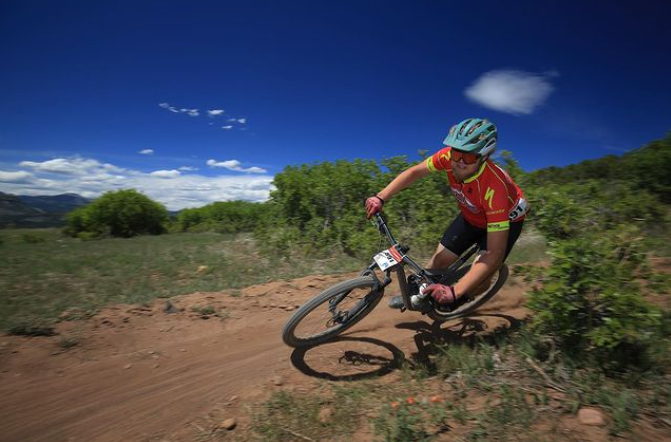How to ride rock gardens: Pick a line and commit
Rock gardens are often the defining feature on a trail. Here are our tips for boosting your confidence when it gets rough
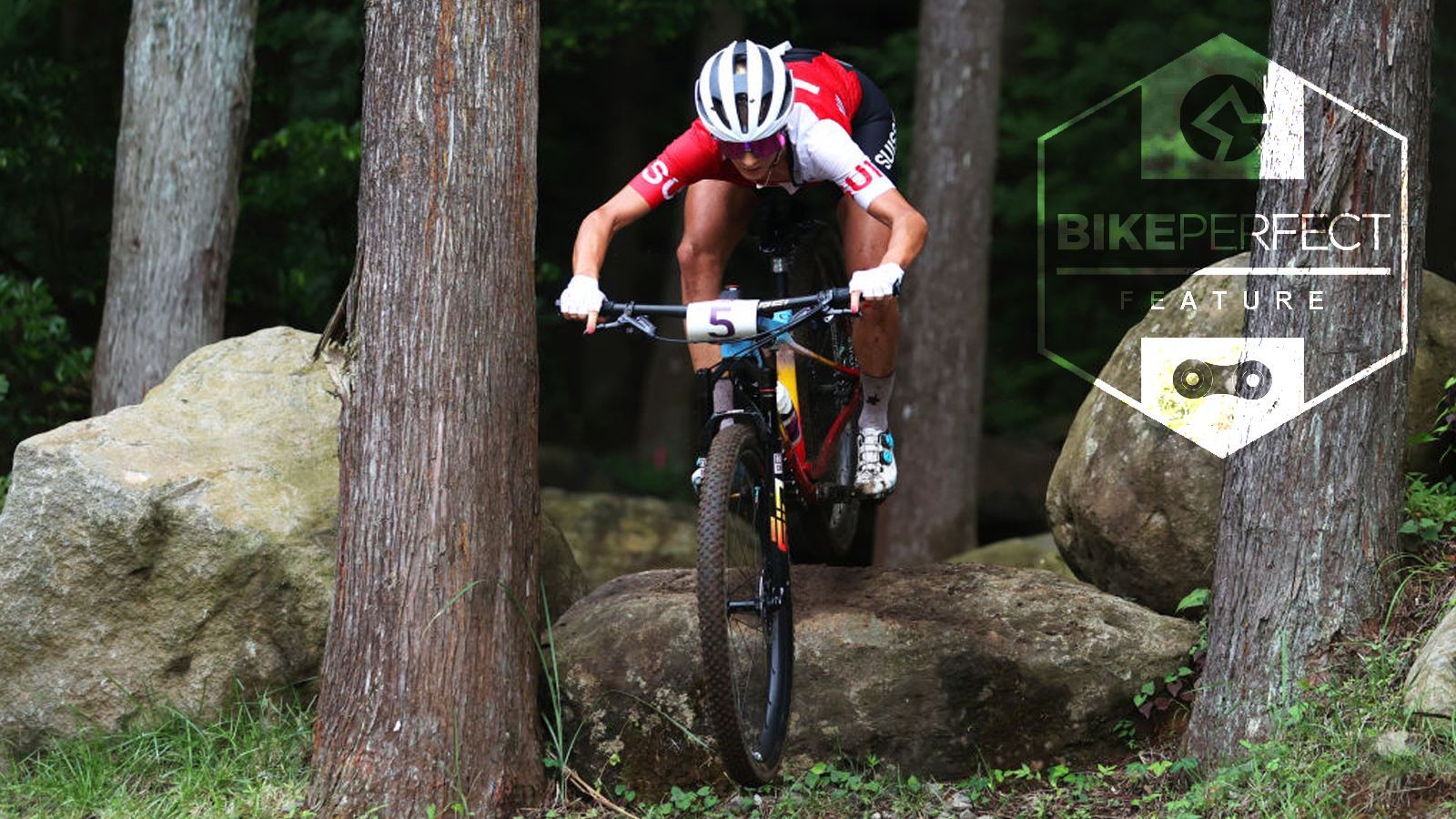
Rock gardens are often the defining feature on a trail. Not only do they require excellent handling skills but also the confidence to send yourself through a rocky patch of trail.
Mountain bikers use the term 'rock garden' to describe any section of trail that is littered with rocks. Usually, there are multiple paths, referred to as 'lines', through the rock garden, which can reward a rider's creativity and handling skills. However, when approaching a rock garden for the first time, it can be daunting to try and figure out what the smoothest route through is.
Rock gardens are often thought of as a feature encountered when riding downhill But on more technical trails, there can also be uphill rock gardens, which can really challenge even the strongest climbers mountain bike skills.
Continue reading as we unpack how you can find the flow amid chunky rocks.
How to pick the best line through a rock garden?
The simplest type of rock gardens are those with only one line that's available to take. Rock gardens may only have one line when the trail is narrow and tight, so there isn't much room to take alternative paths. There might be alternative lines or maneuvers that you can do, but they won't make much of a difference so it's best to stick to the most well-established mainline.
Because there is only one line, you have to deal with whatever the trail presents in front of you. Usually, this just means being able to roll over or around the rocks and keep up your speed and flow.
An important tip for these types of rock gardens is speed. If you go too slow, you risk catching your wheels on the rocks. If the wheels can't roll over the rocks easily enough, you may be bucked over the handlebars or bounced off the trail. Entering a rocky section with speed will naturally help you roll through without many problems as your wheels will skip over the top of the holes.
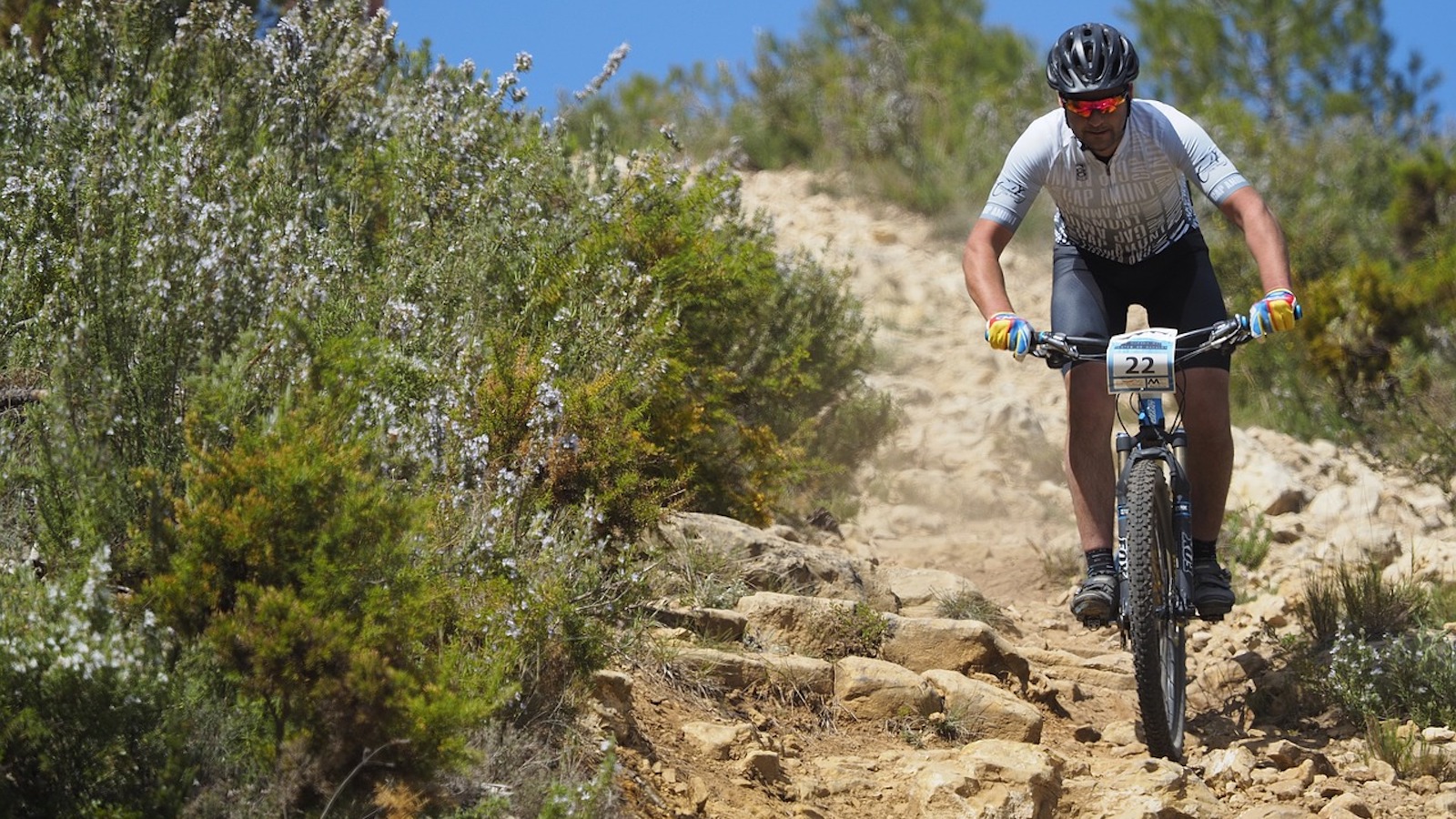
What happens when the trail is wider, and there are multiple lines through a rock garden? Usually, most riders are inclined to pick the smoothest path whereas racers will look for the fastest or shortest line through a rock garden. The smoothest and fastest lines may be the same line but it's important to differentiate the two in racing since you don't want to lose time by taking a long way around.
The fastest line is the one with the least amount of resistance. That's easy to say but, in practice, it can be more challenging to figure out. Consider the following scenario: there is a clear line through the rock garden that is a shorter distance than all of the others, but it's full of big, chunky rocks.
In this scenario, the rider has to weigh the pros and cons of taking one line over the other. By taking the shorter line, the rider might have to slow down more to navigate all of the rocks. But if a rider takes a longer but smoother line, they may end up going faster overall.
This is the calculation that riders have to make. Riding a section over and over again and experimenting with different lines may lead to unexpected results. You never know until you try.
How to ride descents with rock gardens
Now that we've covered line choice, let's explore bike handling and body position. As mentioned before, speed is your friend when riding through rocks. You should approach a rock garden at a steady speed. You don't want to go too slow, but you don't want to go so fast that you aren't in control.
In terms of body position, you want to be in the standard attack position with your knees and elbows out. You also want to look ahead to see what's coming up ahead. A key tip is staying relaxed and light on the bike as this will allow the bike to move underneath you reducing the pinball effect as you ride over and between the rocks. Since the rocks may jostle you around, you want to be able to respond in a smooth and fluid manner. That's why your joints should be bent rather than rigid.
Riding rock gardens may require that you combine different mountain bike skills. For instance, there might be a drop in the rock garden that you have to roll down, or you might need to bunny hop over a rock to get on your intended line. Advanced mountain bikers will be able to combine skills seamlessly, while beginners need to practice and progress over time.
Riding a rock garden is a very dynamic situation and there is a lot to consider so it's important to pre-walk the rock garden to not only pick a line but also choose braking points, spot potential problem points (such as sharp or slippy rocks) and look at how you can use the rocks to help you. Experienced riders are able to use parts of rock gardens to jump over sections, provide support when turning or scrub speed. These are all intricacies of the trail that as you become a better rider will become more obvious.
It's important to be thinking ahead too. If you're too focused on simply clearing the rock garden, you could forget about what lies ahead on the trail. If there is a corner following the rock garden, you need to be thinking about how you will get around it. That might also impact what line you take through and your exit point from the rock garden.
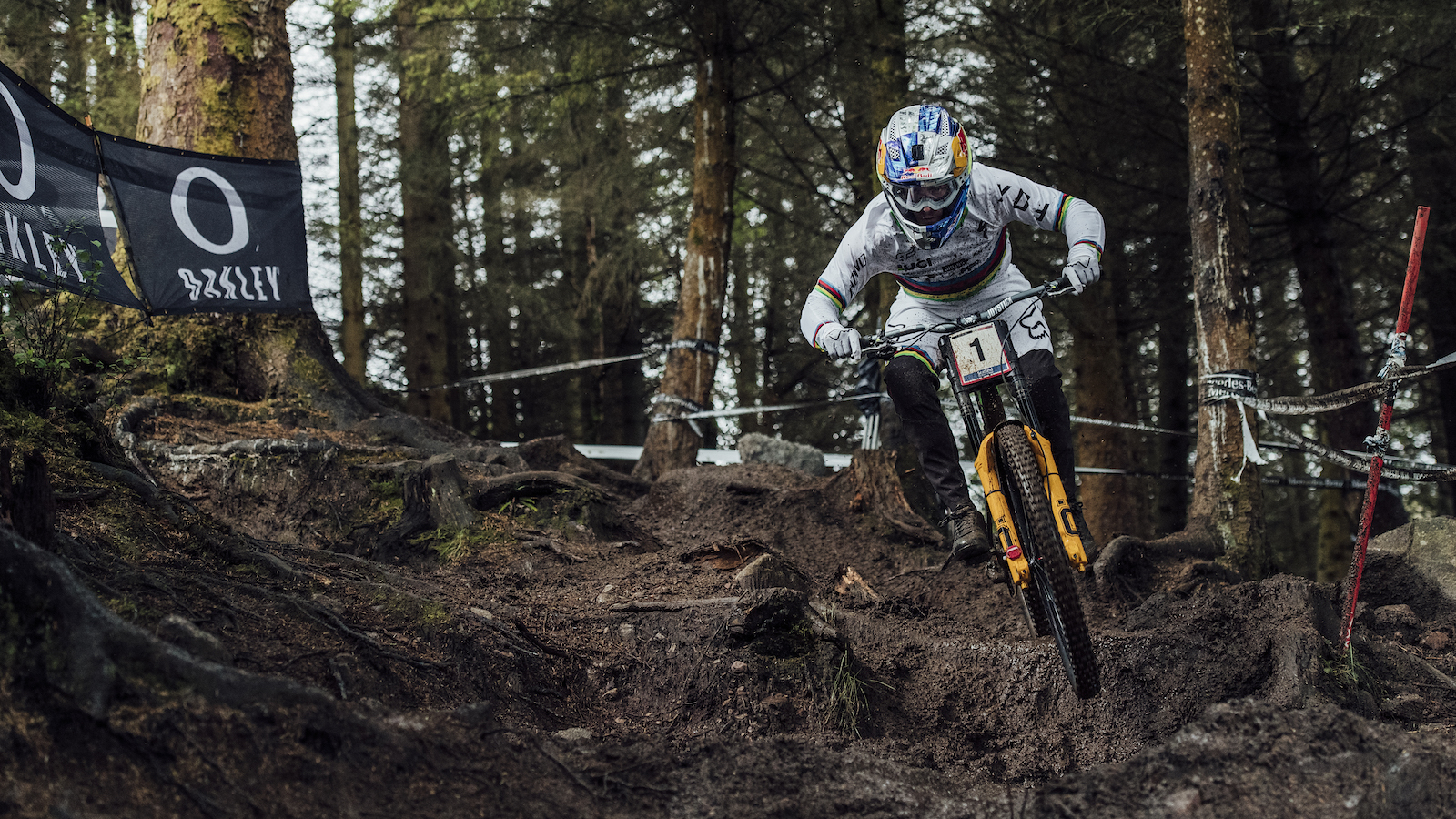
How to climb through rock gardens?
Uphill rock gardens are a different challenge compared to rock gardens on downhills and flat sections. They will test your slow-speed handling skills as well as your fitness.
One of the most important aspects of riding uphill rock gardens is traction. The rocks will slow you down and often force you to pedal while out of the saddle. This can lead to less weight over the rear of the bike and less rear wheel traction.
If there's only one line through the rock garden, it comes down to balance and power. With all climbing, the more power you can produce, the faster you will go up the hill. Rock gardens will force you to spike your power and quite possibly go into the red.
If there are multiple lines, you can be more strategic in your approach. Many of the sample principles apply; what will be easier versus what will be the fastest. Since climbs are already challenging enough, many riders will opt for the simplest, smoothest path up the hill.
Climbing up rock gardens will require a combination of seated and standing pedaling. While you're seated, you will have more traction on the rear wheel. When standing, you can be more nimble and move your bike around more easily.
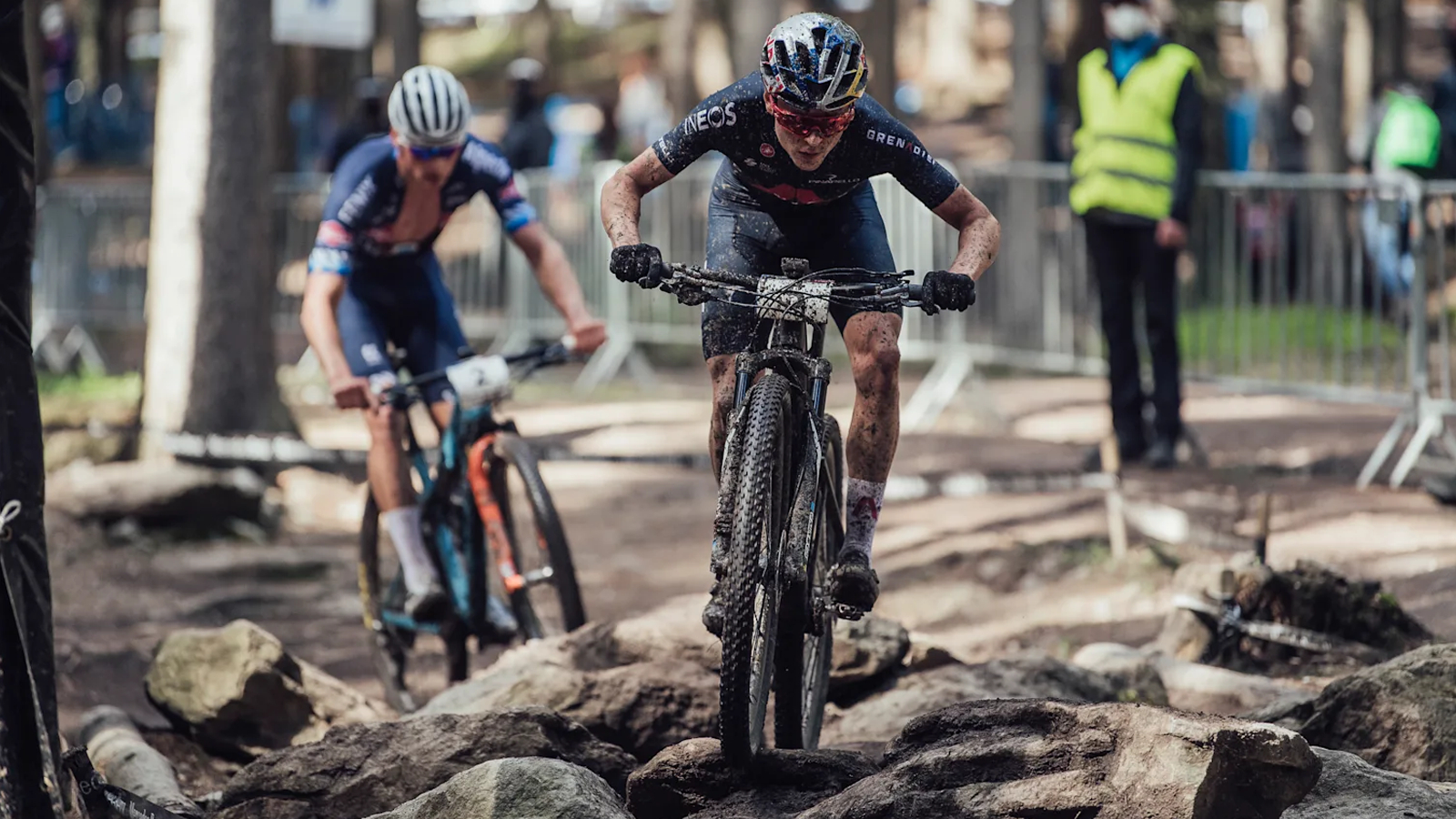
What do you need to ride rock gardens?
If your local trails are very rocky or you are hitting rock gardens really fast you will need to invest in the best mountain bike tires. An aggressive tread will provide more grip and thick reinforced sidewalls are a necessity to stop the rocks from tearing holes in your tires. Setting your tires up tubeless will also go a long way to helping you survive in the rocks, the best tubeless tire sealant should plug small holes and allow lower tire pressures to be run which enhances grip and control.
A component that makes rock gardens a whole lot easier is a dropper seat post. All of the best trail bikes and enduro mountain bikes come with dropper posts as standard, but some cross-country bikes won't. Thanks to tech innovation, cross-country-specific droppers are now on the market at lower weights than ever before. Putting one on your cross-country mountain bike will make rock gardens way easier and probably safer too, so take a look at the best dropper posts if you're thinking of getting one.
The geometry and rear shock on the best full-suspension mountain bikes help out a lot when tackling rough rock gardens. It's still possible to ride them on hardtail mountain bikes though. Hardtail riders will need to choose smoother lines and make sure their handling skills are dialed.
Derailleurs can be more easily damaged when riding on rocky trails. It's an inherent risk to mountain biking. If your derailleur hits the rocks and gets damaged, you'll probably want to see if one of the best mountain bike derailleurs is in stock.
Lastly, if you are worried about damaging yourself it's worth investing in some knee pads and gloves for a little extra protection. Knees and hands are the most vulnerable as these are usually the first point of contact in a crash. Knee pads don't have to be big chunky things either, the best MTB knee pads are no incredibly thin and designed to be pedaled in whilst still offering great protection. It should go without saying, but rocks are stronger than heads so always wear your best mountain bike helmet.
Ryan Simonovich has been riding and racing for nearly a decade. He got his start as a cross-country mountain bike racer in California, where he cultivated his love for riding all types of bikes. Ryan eventually gravitated toward enduro and downhill racing but has also been found in the occasional road and cyclo-cross events. Today, he regularly rides the trails of Durango, Colorado, and is aiming to make a career out of chronicling the sport of cycling.
Rides: Santa Cruz Hightower, Specialized Tarmac SL4
